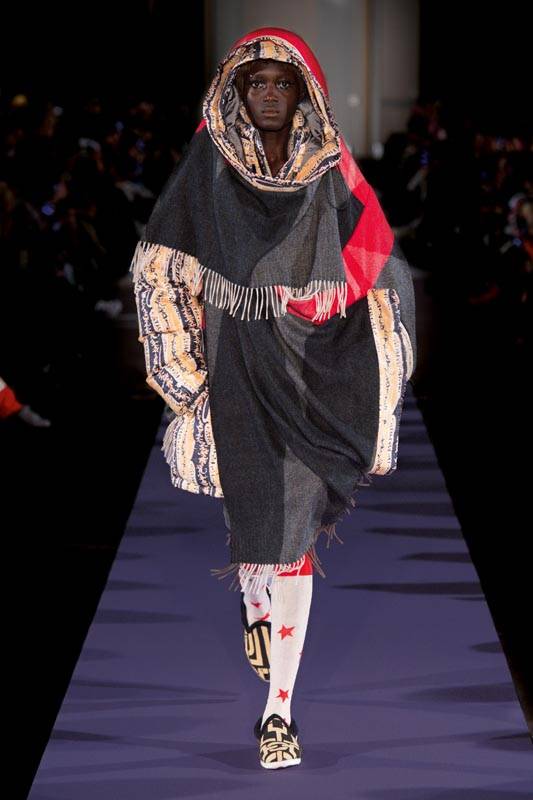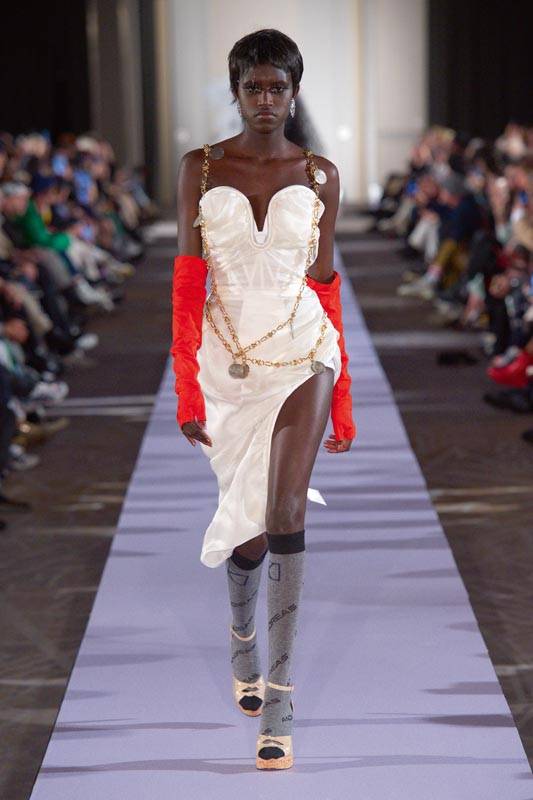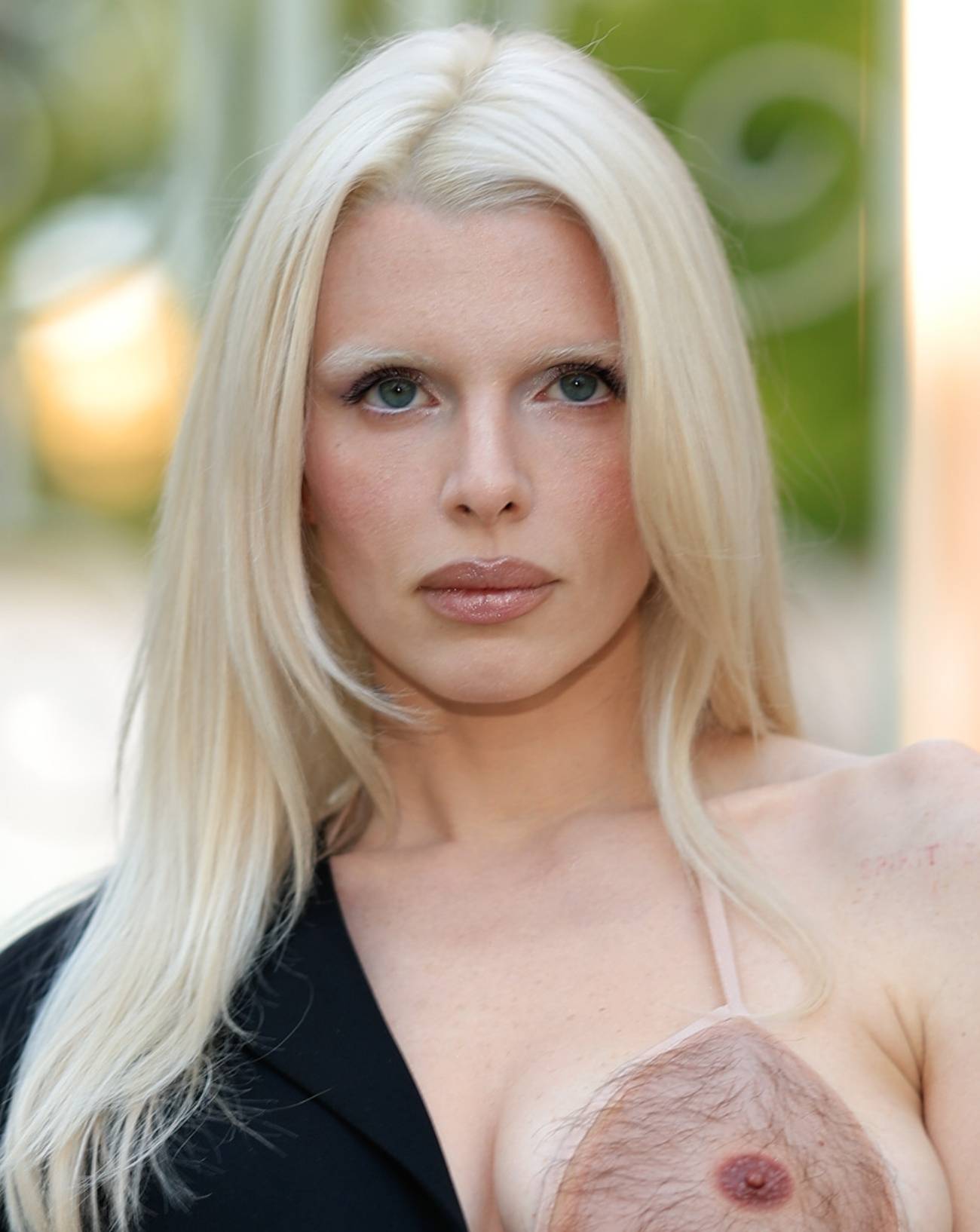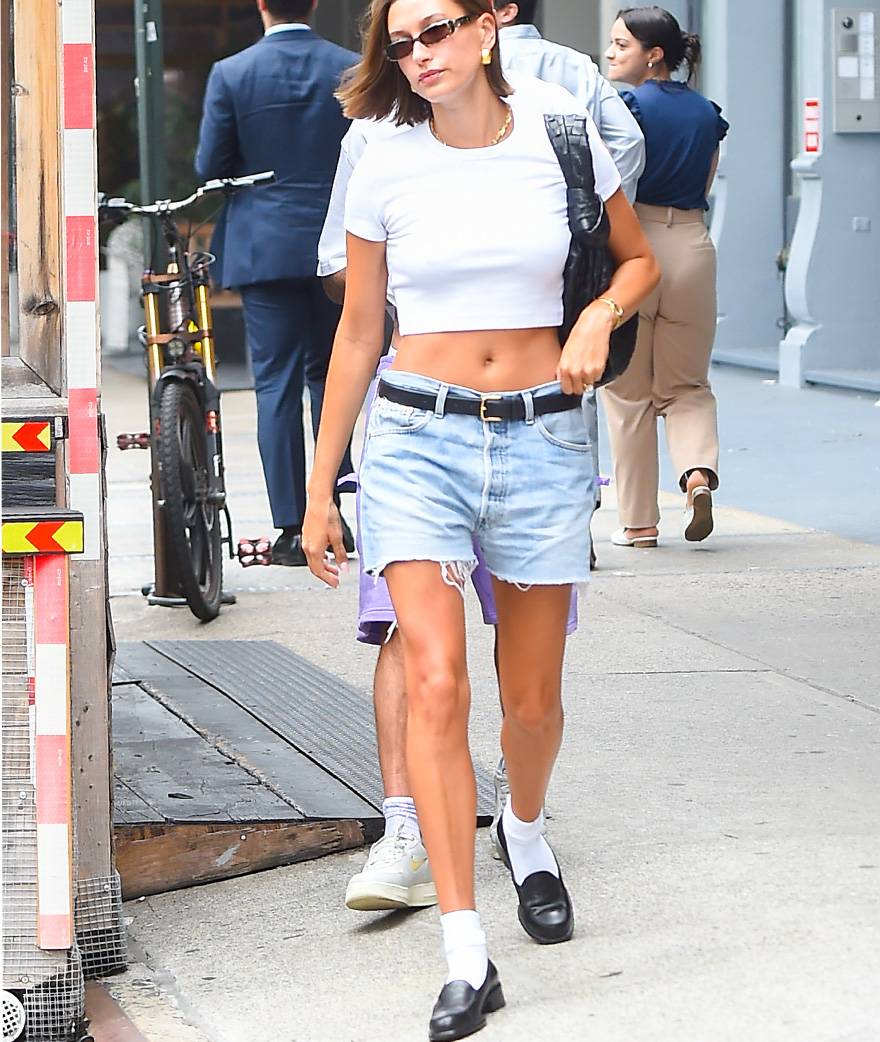

A grande dame of the fashion world, famous for her designs that play with the codes of punk and Britishness, Vivienne Westwood is also renowned as a pioneer of sustainable clothing. Nine years ago she discovered James Lovelock’s Gaia hypothesis, which views the biosphere as a living being and all its inhabitants as organs of Mother Earth. Since then, Westwood has ceaselessly worked for the protection of the planet and its ecosystems, seeking to raise awareness, particularly through her digital publication, climaterevolution.co.uk.
Over time, her commitment has intensified, to the point where today she is just as well known for her historically inspired collections as for her ecological militancy. One of her bestknown slogans, “Buy less, choose well, make it last,” calls for balanced consumption, whether of fashion or any other resources. Practising what she preaches, Westwood is herself setting an example by slowly transforming her brand via the use of recycled or eco-friendly fabrics and environmentally sustainable production methods. In her collections you can therefore find organic linen and cotton being used for T-shirts, hoodies and trousers, bamboo fibre for certain shirts as well as precious colourful jacquards that were realized with cellulose acetate produced from wood fibre sourced from a programme of reforestation. Moreover, close to the charities Greenpeace and Peta, Westwood actively campaigns through action programmes, viral videos and fundraising efforts.

Vivienne Westwood, Fall Winter 2019-2020 fashion show

Vivienne Westwood, Fall Winter 2019-2020 fashion show
In December 2018, the fashion industry at last recognized Westwood’s exceptional personal involvement and ardent combat by bestowing on her the Swarovski Award for Positive Change at the British Fashion Awards, a prize that celebrated both her iconoclastic collections and her many years of social and societal activism. And naturally she’s not sitting back on her laurels: this February, with her return to London Fashion Week, she put on a demonstration-like runway show during which questions of climate change and sustainable development rather stole the limelight from the collection (which was just as radical as always). Then, a few weeks later during International Water Day, her Paris shop hosted an event that mixed art, fashion and sustainable development, with an exhibition showing monumental aquatic canvases by César Bardoux, and the sale of a steel water bottle, created in partnership with 24Bottles, as part of the fight against plastic pollution and in favour of preservation of the Earth’s water resources. Through the diversity of her engagements, Westwood has opened the way for a new generation of designers who care just as passionately about the planet.








